How to Select the Right Momentary Push Button for Optimal Circuit Performance
When designing electronic circuits, selecting the appropriate controls is crucial for optimal performance, and the Momentary Push Button stands out as a key component in various applications. According to a report by the Consumer Electronics Association, the use of push buttons in devices has increased by over 15% annually, reflecting their integral role in user-interface design. The Momentary Push Button allows for precise control in momentary functions, making it essential in sectors ranging from consumer electronics to industrial automation. However, the vast array of options available can be overwhelming for engineers and designers. Understanding the specific requirements, such as actuation force, durability, and environmental ratings, is essential in ensuring that the chosen push button aligns with the performance and reliability standards of modern circuitry. This guide aims to provide insights into selecting the right Momentary Push Button, ultimately enhancing circuit efficiency and user experience.
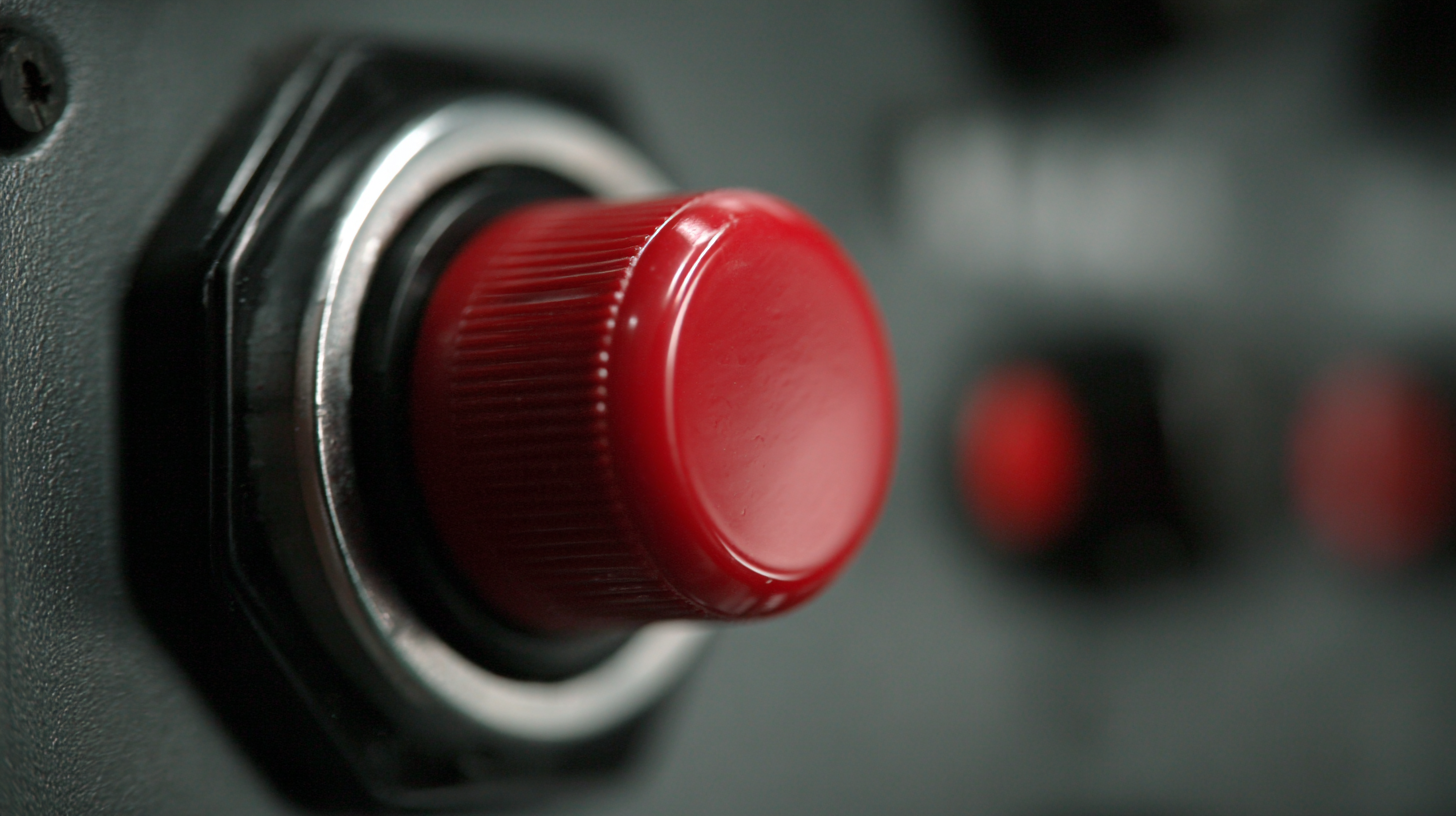
Understanding the Operational Requirements of Your Circuit
Selecting the right momentary push button switch is crucial for achieving optimal circuit performance, and understanding the operational requirements of your circuit is the first step in this process. The operational voltage and current ratings are key parameters that dictate the compatibility between the button and the circuit. According to a report by the Electronic Industries Alliance, improper voltage selections can lead to component failures, with nearly 30% of equipment malfunctions traced back to incorrect switch ratings.
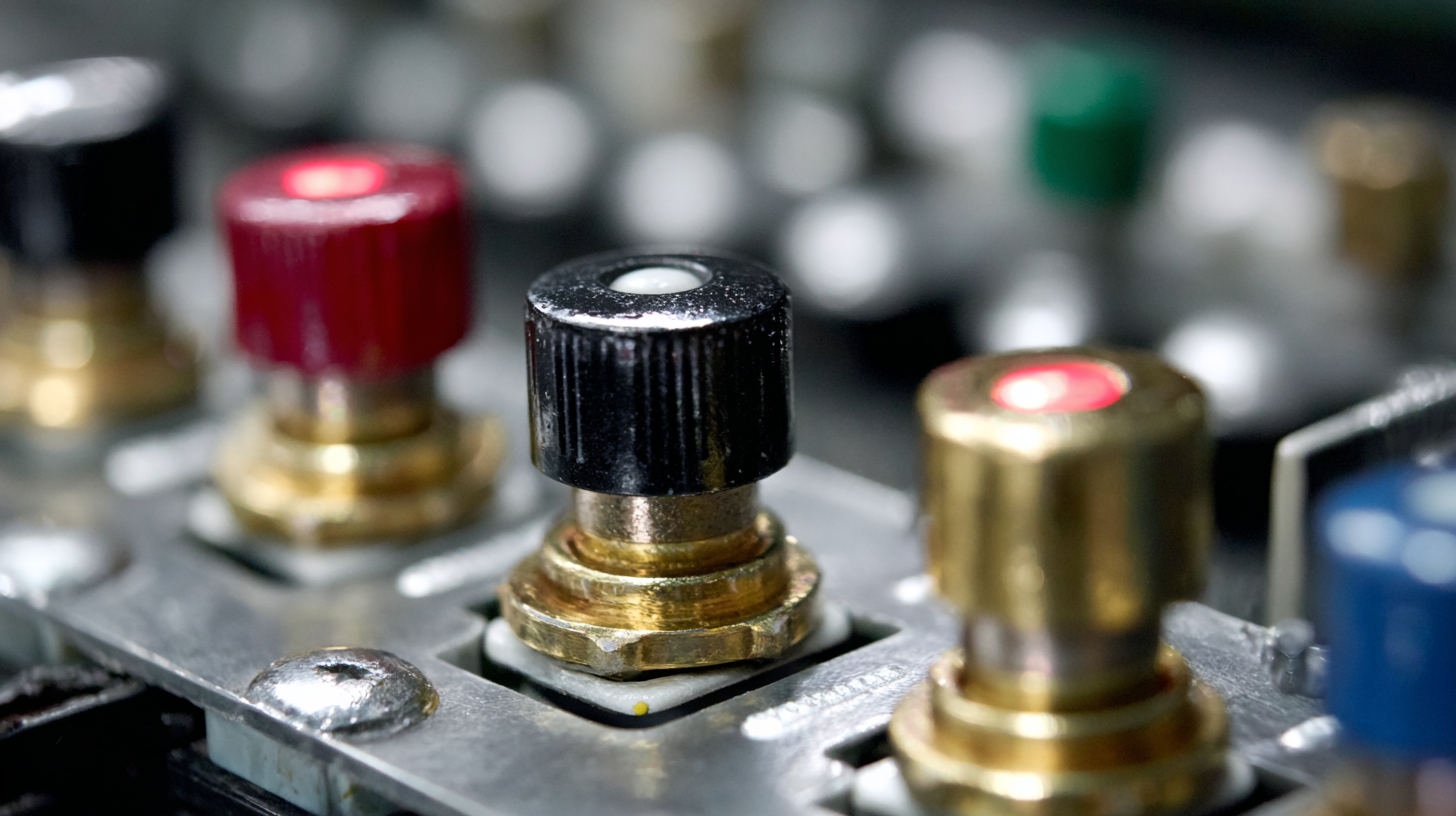
Furthermore, the intended application of the circuit—whether residential, industrial, or automotive—will influence your choice in terms of durability and environmental resistance. For instance, momentary push buttons used in outdoor applications might require higher IP ratings to resist water and dust ingress. A study from TechInsights indicates that circuits intended for harsh environments experience 40% less downtime when equipped with appropriately rated components. By systematically assessing the specific needs of your circuit, including the environmental conditions and electrical characteristics, you ensure enhanced reliability and efficiency in your designs.
Identifying the Key Specifications for Momentary Push Buttons
When selecting a momentary push button, it's essential to identify key specifications that will optimize circuit performance. Start by considering the button's contact configuration. Common types include normally open (NO) and normally closed (NC), which determine how the button interacts with the circuit. For applications requiring immediate action, an NO configuration is typically preferred, as it completes the circuit only when pressed.
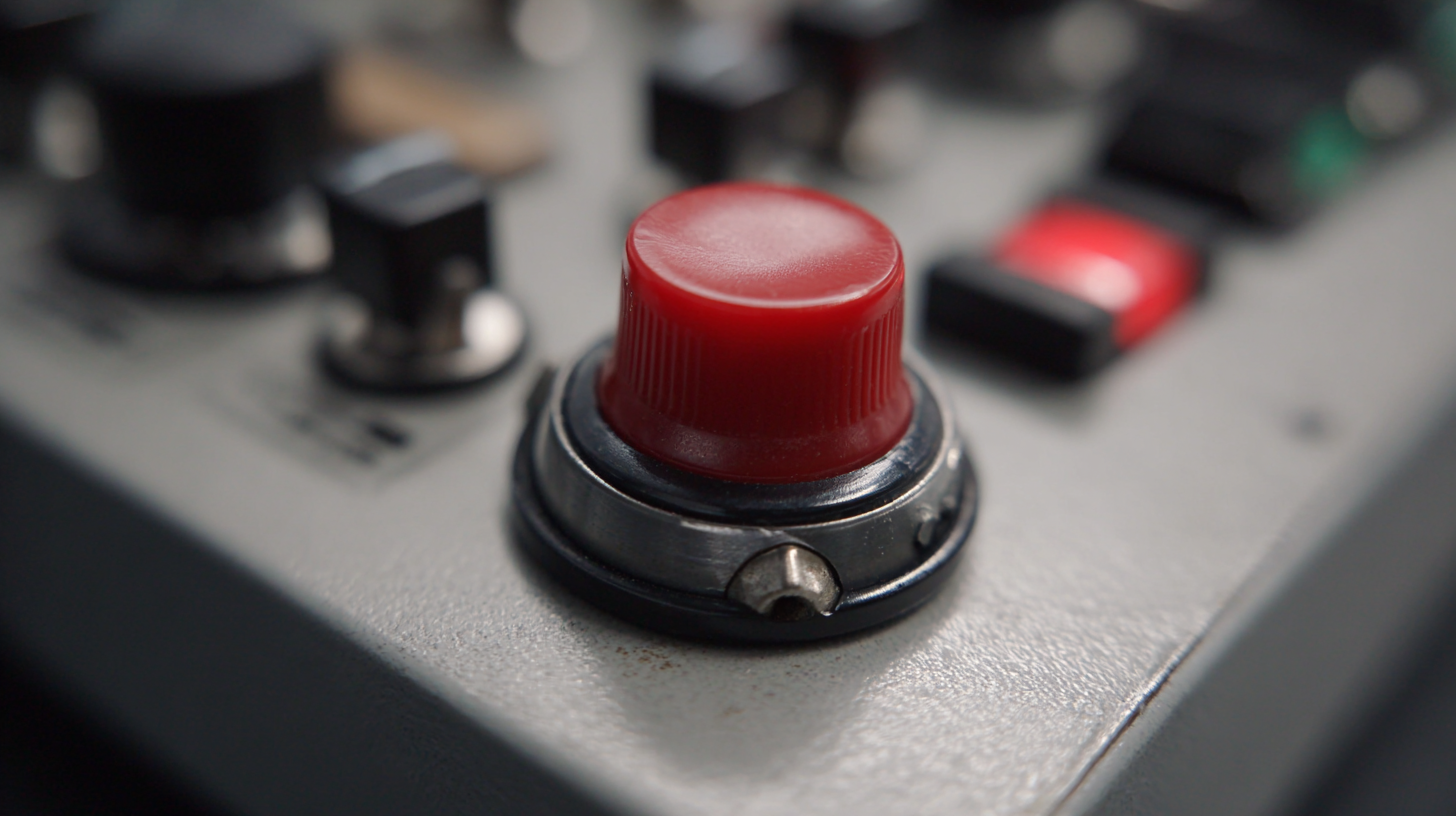
Another crucial specification is the button's voltage and current ratings. Ensure that these ratings match your circuit requirements to prevent malfunctions or failures. Look for push buttons that can handle the specific electrical load without overheating or degrading over time. Additionally, the button's mechanical life rating, often measured in thousands of cycles, can indicate its durability and suitability for long-term use.
Tips: When choosing a momentary push button, consider testing the tactile feedback to ensure it meets your operational preferences. A button that feels responsive can enhance usability in applications such as consumer electronics. Additionally, pay attention to environmental factors; if your circuit will be exposed to dust or moisture, look for push buttons with an appropriate IP rating for protection.
Evaluating Mechanical and Electrical Endurance Ratings
When selecting a momentary push button, one critical aspect to consider is its mechanical and electrical endurance ratings. Mechanical endurance refers to the number of times a button can be pressed before the physical components begin to wear out. This is crucial for applications that demand frequent operation, as a button with lower mechanical endurance might fail prematurely, leading to increased maintenance costs and potential downtime in a circuit. A typical rating might range from thousands to millions of operations, and choosing a button designed for high endurance can enhance the reliability of your overall system.
Equally important is the electrical endurance rating, which indicates how many times the button can successfully carry current before the contacts wear out or fail. This is particularly significant in circuits that switch high voltages or currents. Electrical endurance is often measured under specific load conditions. Therefore, understanding the requirements of your application is essential. Factors such as contact material, load type (AC or DC), and environmental conditions can affect performance. Selecting a button with appropriate endurance ratings ensures that your circuit performs optimally and reduces the risk of failure due to premature wear.
Exploring Different Types of Momentary Push Buttons Available
When selecting the right momentary push button for optimal circuit performance, it is essential to explore the various types of momentary push buttons available. These buttons can vary significantly in functionality, design, and application, catering to different needs in electronic devices. For instance, tactile switches provide a physical feedback mechanism, making them ideal for applications like electronic panels where user interaction is vital. On the other hand, membrane switches offer a sleek design, often utilized in modern appliances where aesthetics matters.
In addition to tactile and membrane switches, there are also illuminated push buttons that enhance user experience in low-light environments. These buttons not only signal function via light indication but also serve aesthetic purposes. Understanding the different types of momentary push buttons ensures that engineers and designers can make informed choices that enhance both the performance and user experience of their circuits. Each type carries unique characteristics which, if aligned with the specific requirements of the application, can lead to improved functionality and reliability in electronic devices.
Considering Environmental Factors for Button Selection
When selecting a momentary push button for a circuit, understanding the environmental factors is crucial to ensure reliable performance. The operating environment can significantly affect the functionality and longevity of the button. For instance, if the button will be exposed to high humidity, dust, or extreme temperatures, it is essential to choose one with appropriate seals and materials that resist corrosion and wear. Buttons designed for outdoor use often come with rugged casings and IP ratings that denote their resistance to water and dust ingress.
Additionally, the installation location plays a role in determining the type of push button suitable for the circuit. In environments prone to mechanical impacts or vibration, a robust and shock-resistant button would be necessary to maintain reliable operation. For applications in sensitive electronic devices, options with low electrostatic discharge (ESD) susceptibility may be preferable to avoid damaging the circuit. Overall, considering these environmental aspects during the selection process not only enhances the button's performance but also contributes to a more durable and efficient circuit design.
Momentary Push Button Selection Based on Environmental Factors
Related Posts
-
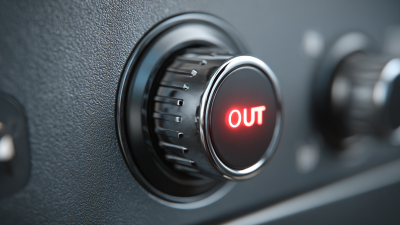
15 Best Push Button On Off Solutions for Global Buyers
-
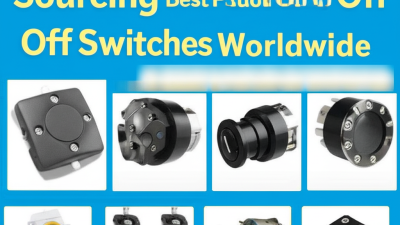
Ultimate Checklist for Sourcing the Best Push Button On Off Switches Worldwide
-
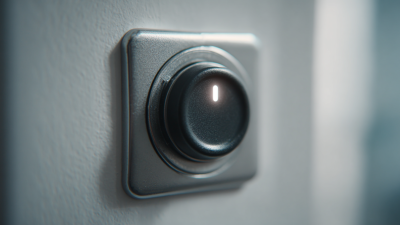
Understanding the Functionality of Push Button On Off Mechanisms
-

Unmatched Excellence in Manufacturing Best Push On Off Switch from a World Class Chinese Factory
-
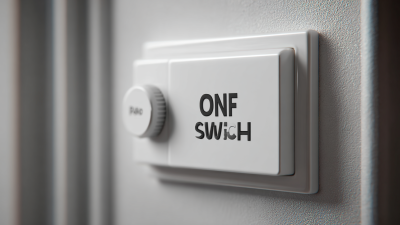
Discovering Top Quality Suppliers for Best Push On Off Switches Your Comprehensive Guide
-

2025 Market Insights: The Rise of Best Push Button Starter Switch in Global Manufacturing

